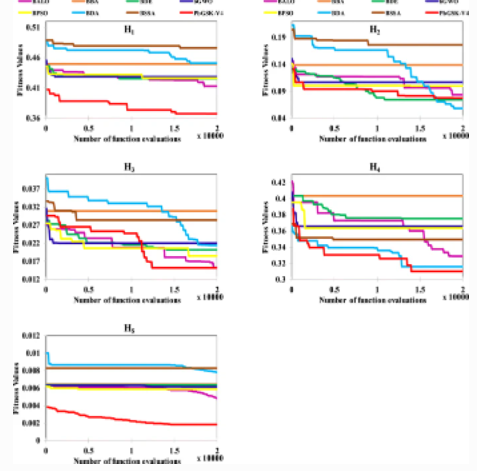

Towards Extended Bit Tracking for Scalable and Robust RFID Tag Identification Systems
The surge in demand for Internet of Things (IoT) systems and applications has motivated a paradigm shift in the development of viable radio frequency identification technology (RFID)-based solutions for ubiquitous real-Time monitoring and tracking. Bit tracking-based anti-collision algorithms have attracted considerable attention, recently, due to its positive impact on decreasing the identification time. We aim to extend bit tracking to work effectively over erroneous channels and scalable multi RFID readers systems. Towards this objective, we extend the bit tracking technique along two dimensions. First, we introduce and evaluate a type of bit errors that appears only in bit tracking-based anti-collision algorithms called false collided bit error in single reader RFID systems. A false collided bit error occurs when a reader perceives a bit sent by tag as an erroneous bit due to channel imperfection and not because of a physical collision. This phenomenon results in a significant increase in the identification delay. We introduce a novel, zero overhead algorithm called false collided bit error selective recovery tackling the error. There is a repetition gain in bit tracking-based anti-collision algorithms due to their nature, which can be utilized to detect and correct false collided bit errors without adding extra coding bits. Second, we extend bit tracking to 'error-free' scalable mutli-reader systems, while leaving the study of multi-readers tag identification over imperfect channels for future work. We propose the multi-reader RFID tag identification using bit tracking (MRTI-BT) algorithm which allows concurrent tag identification, by neighboring RFID readers, as opposed to time-consuming scheduling. MRTI-BT identifies tags exclusive to different RFIDs, concurrently. The concept of bit tracking and the proposed parallel identification property are leveraged to reduce the identification time compared to the state-of-The-Art. © 2013 IEEE.
